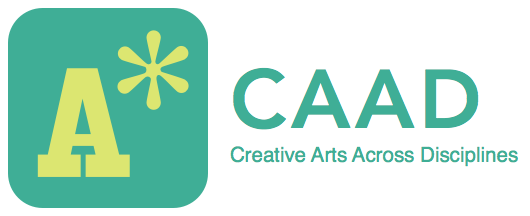It would seem that there’s a special kind of terror that strikes the hearts of most arts majors when they think about the possibility of taking a “hard science” course. As a matter of fact, majority of my friends, even those who are currently pursuing majors in the natural sciences, responded with bewilderment when they first learned that I was enrolled in a class cross-listed with the physics department. Maybe it’s easy for some students to forget the journey that they took before finally discovering what they wanted to major in, but I haven’t. As a freshman I came to Vassar a bright-eyed prospective science major. I took astronomy, chemistry, and psychology during my first semester. Theater was wildly fun in high school, but this was college, and that meant that it was time to get serious about what I was going to with my life. So I left the arts behind and continued with science, and despite the academic challenges that came with this decision, I actually did very well. But it wasn’t until the end of my first semester, having not taking any arts classes or doing anything theatrical, that I realized I needed to make some serious changes if I was going to be successful and happy. Fast forward to spring semester of 2016: I’m now a drama major who hasn’t taken a science or math course in over two years and I’m really missing that kind of education—but is it possible for an arts major to take a science class and not only survive, but thrive? I’m happy to say that so far it appears to be more than possible. PHYS-125, entitled The Sound of Space by Professors Bradley, Howlett, and Tallon, has had our class exploring learning in ways unlike many other Vassar classes have. It’s not the kind of class where the professors’ approaches to education include having students learn solely from a textbook. Instead we’re tasked with learning the basics principles of waves, sound quality, and instrumental/vocal music through hands on experimentation. Since the course brings together three faculty members from three different departments, my classmates and I frequently find ourselves taking notes alongside two of our professors while one teaches. It’s surprisingly refreshing and funny to be learning alongside a faculty member. Our class is actually encouraged to make mistakes and get excited about the fact that we’re learning through our errors. It’s a critical part of the creative learning process. Rather than being given a graph that shows us how loud or high pitched a particular sound is, we’re given careful directions, a microphone, a computer program, and the opportunity to work collaboratively with our peers to make connections between the ways we’ve always viewed/listened to the world around us and new ways of doing so. There’s a surprising amount of ways to learn about the same thing differently, and that’s what has made this course so enjoyable and challenging: we’re tasked with thinking the way scientist, artist, and musician would, which is no simple task, even for students who pride themselves on being well rounded liberal arts students. I’m really excited to see where the rest of this semester takes us, we’ve come a long way since the course first commenced a few weeks ago, but we have a lot more ground to cover and some very big projects ahead of us. I have no doubt that this adventure will be a fruitful one for all of us.
–Joseph Szymanski ’17 (Drama)
